site search
online catalog
RARE, ONE-OF-A-KIND, SPECIAL ORDER U.S. 1839 PATTERN TOPOGRAPHICAL ENGINEER’S SWORD IN EXCELLENT CONDITION

Hover to zoom

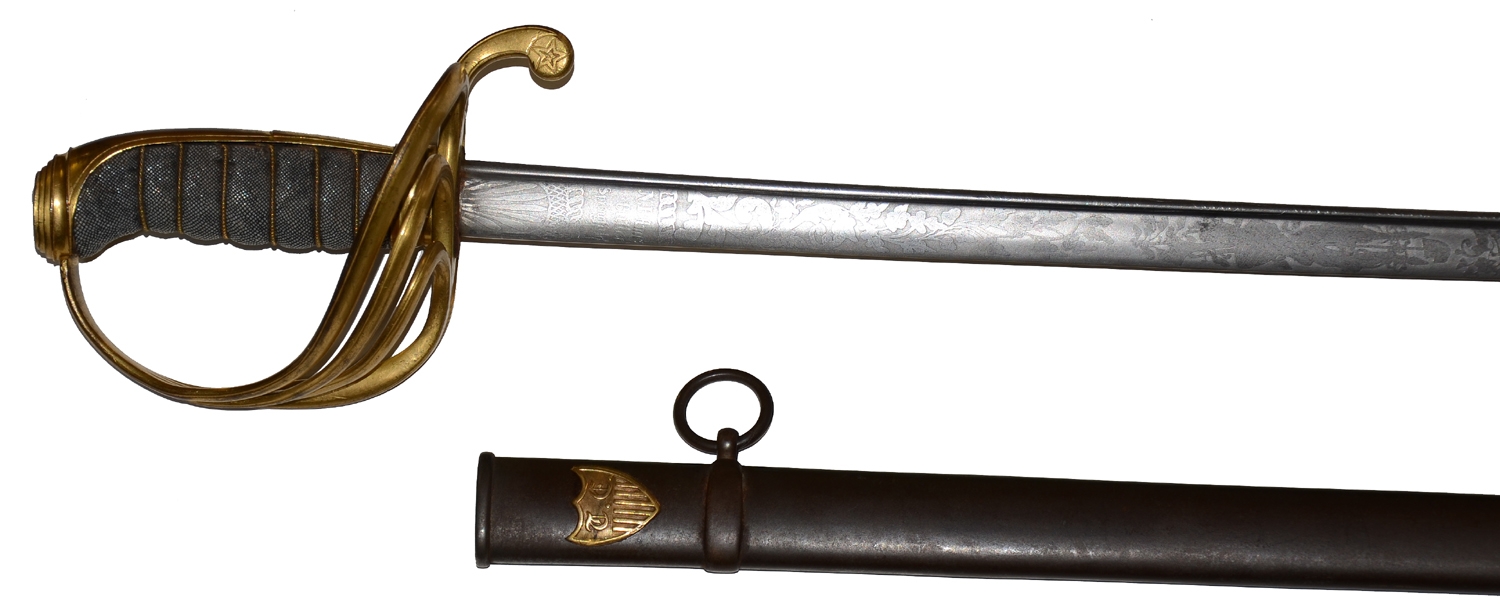

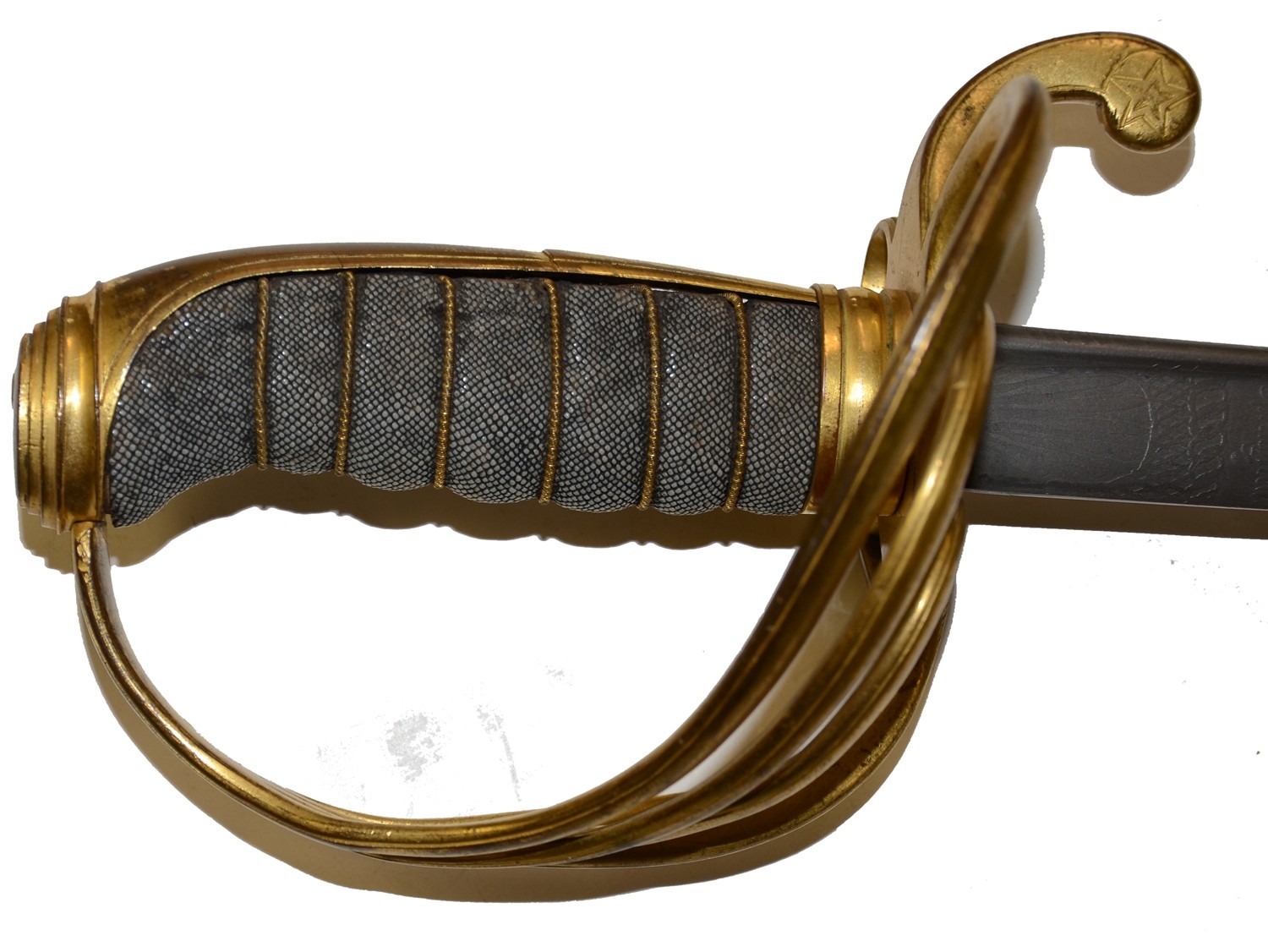
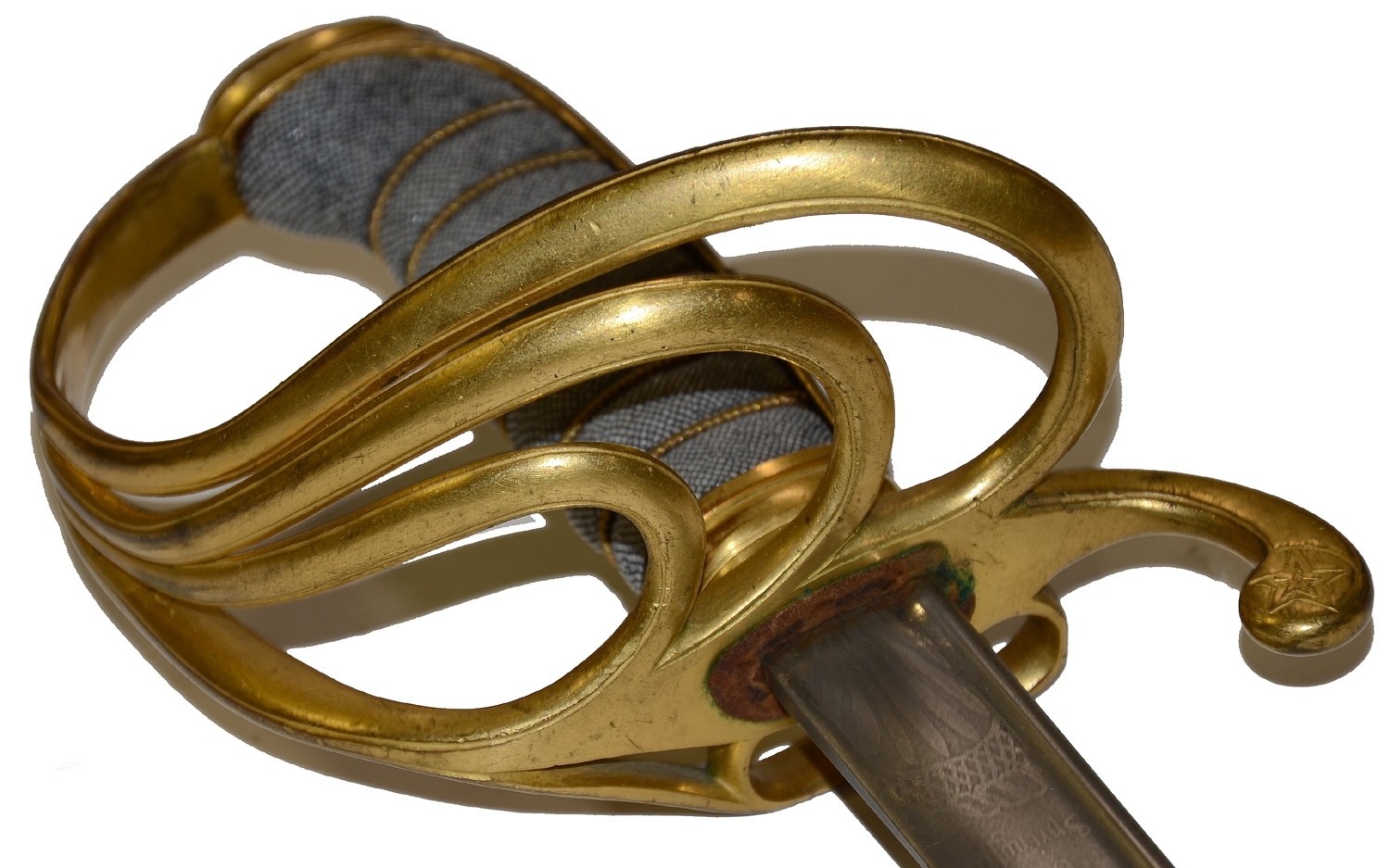
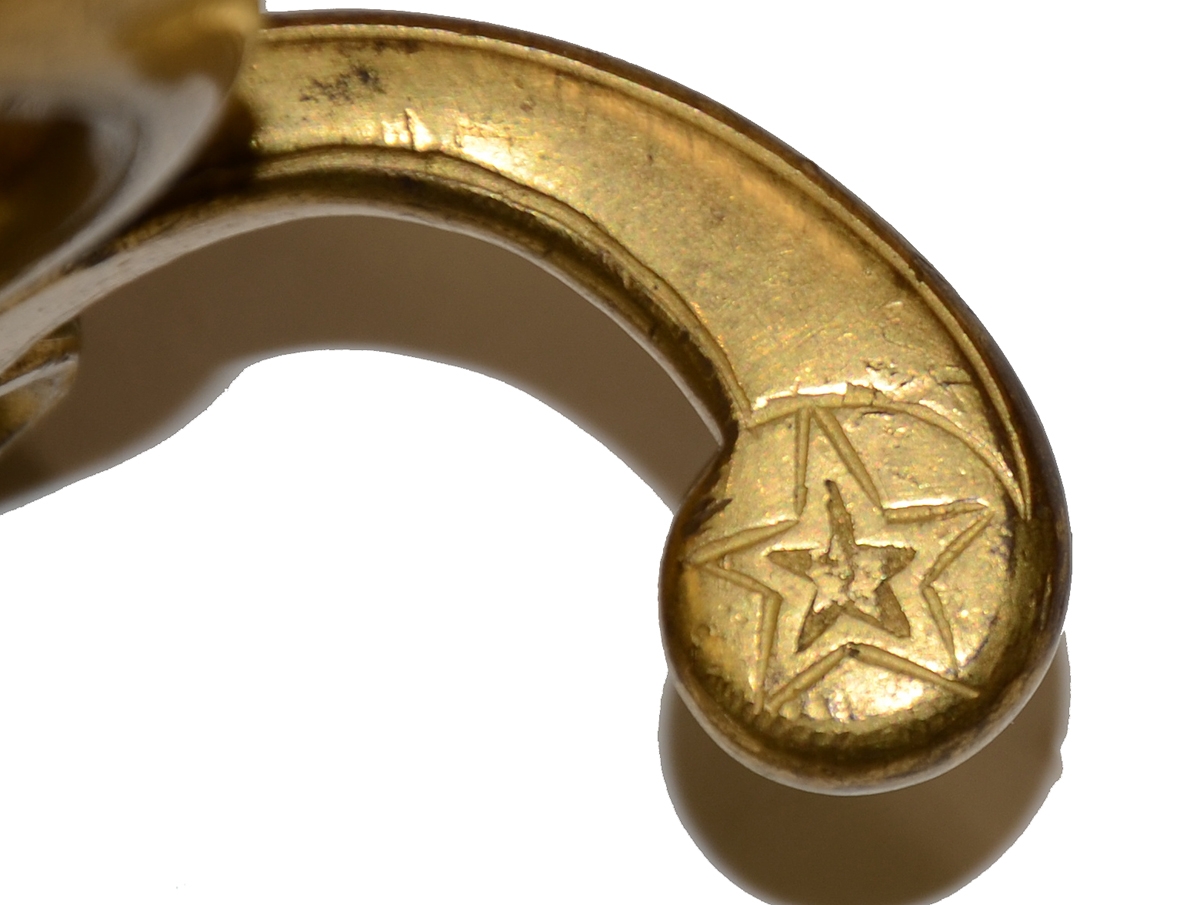
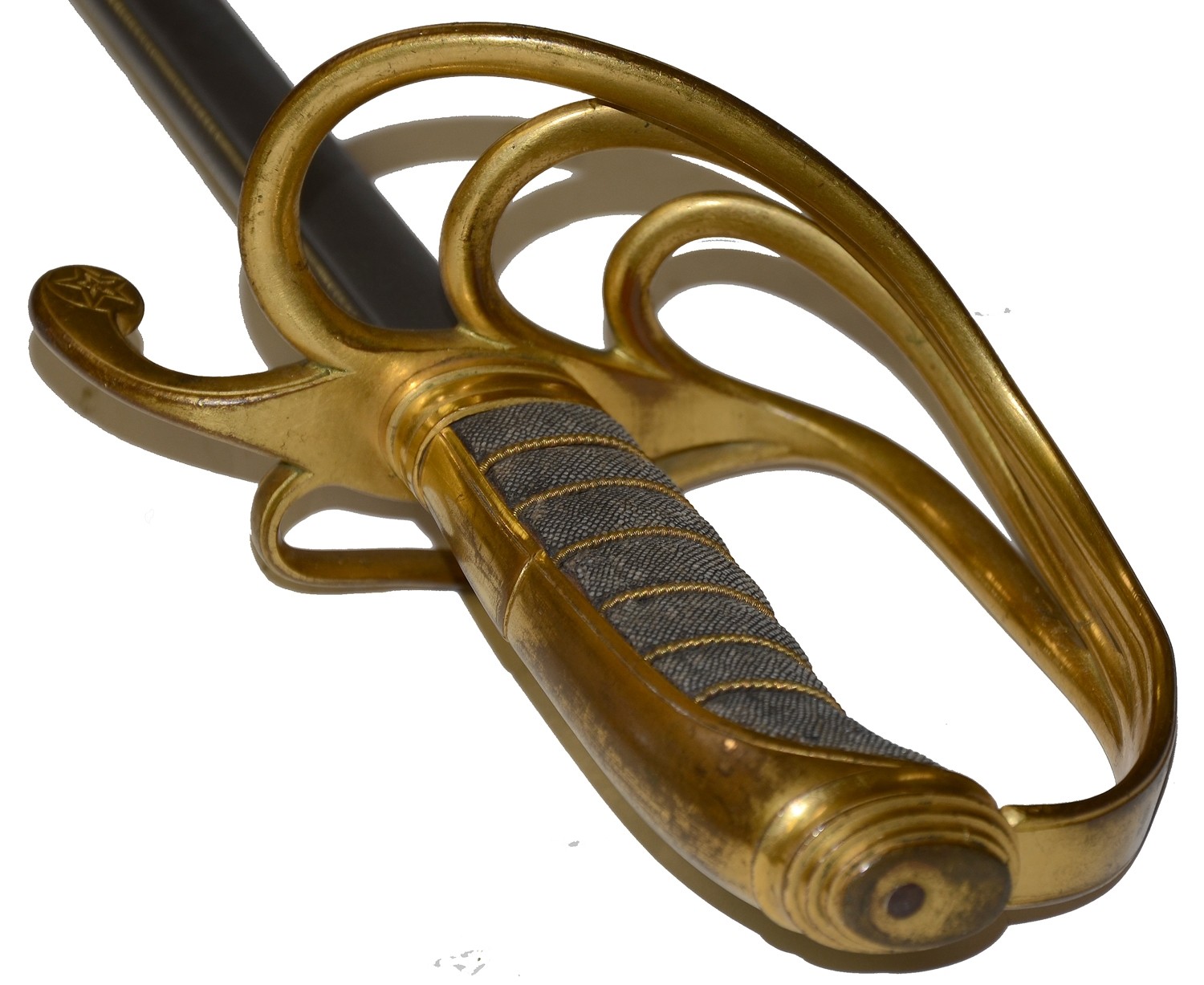
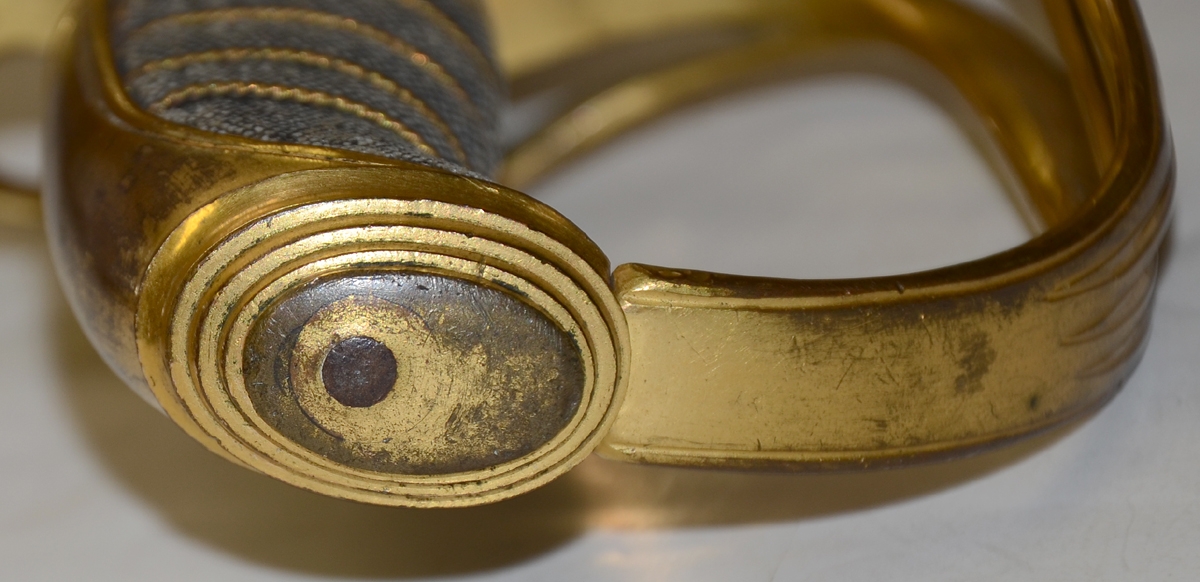
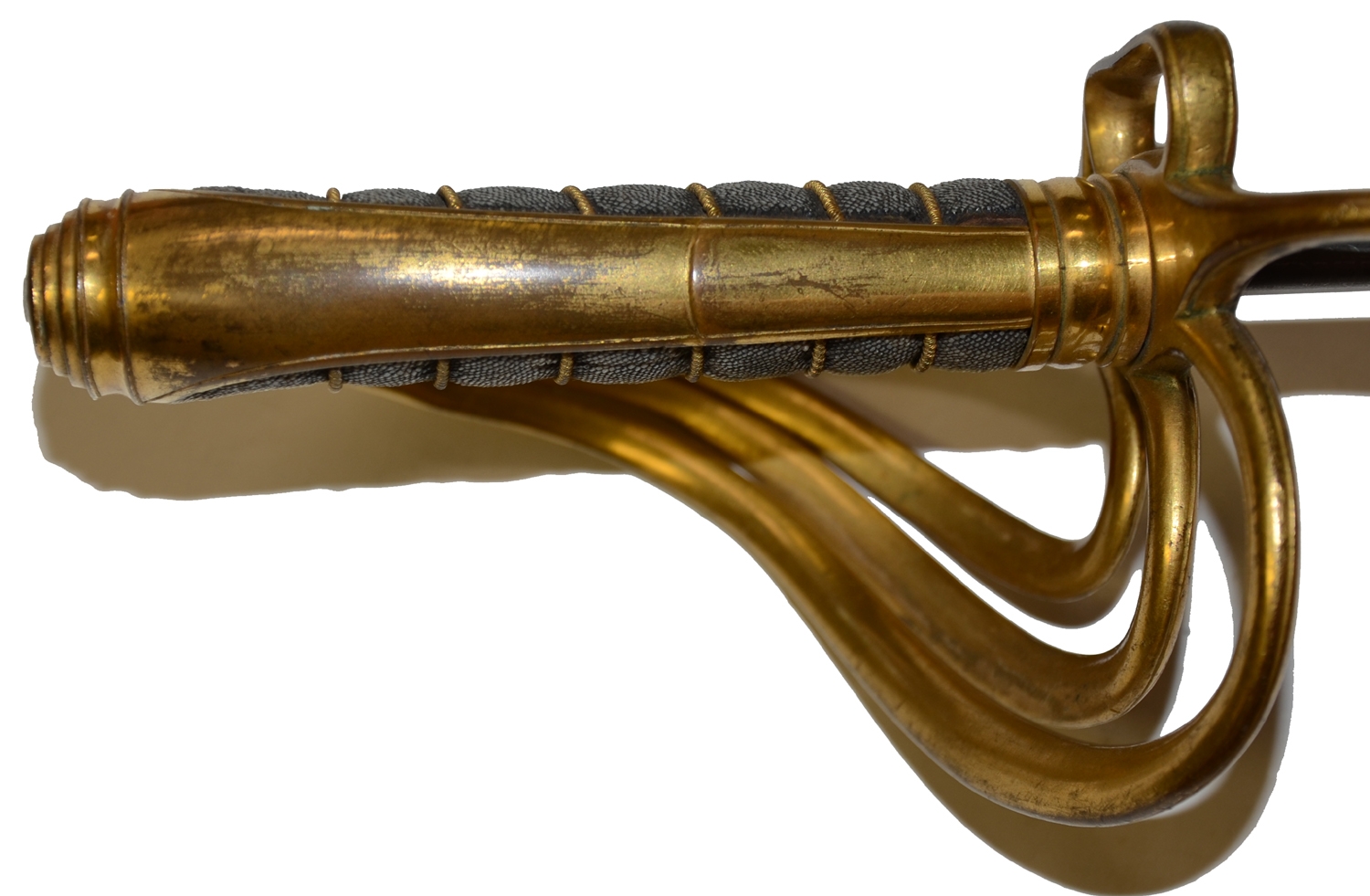

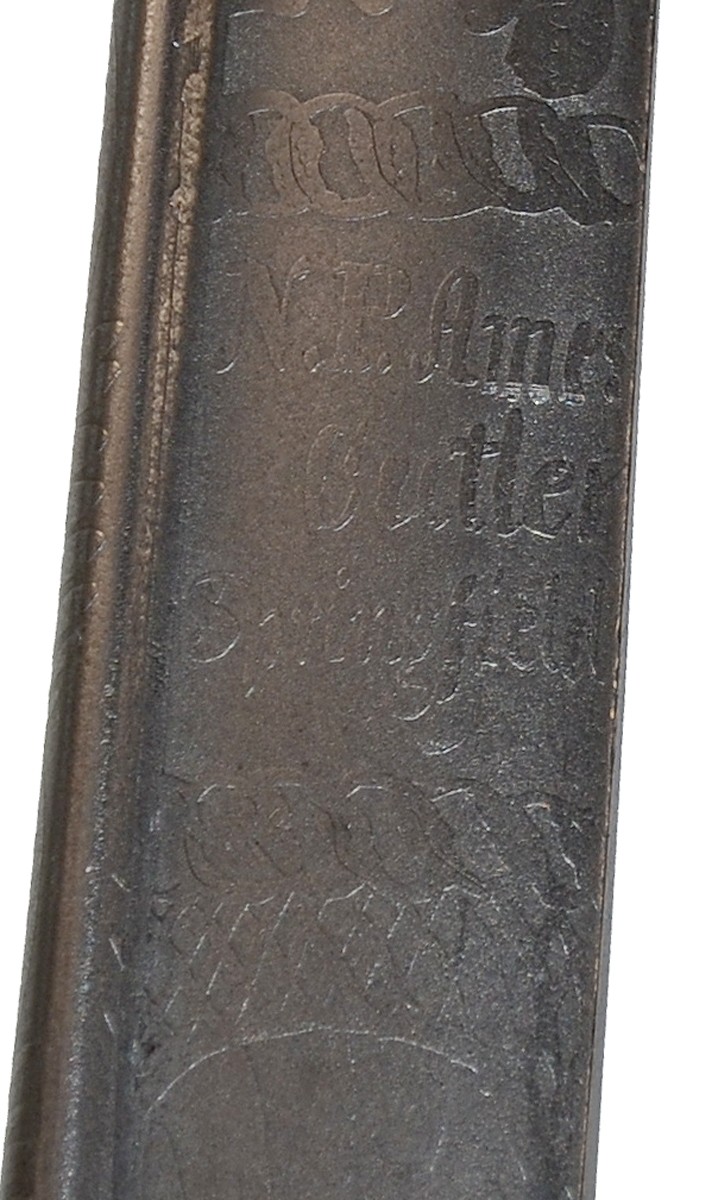
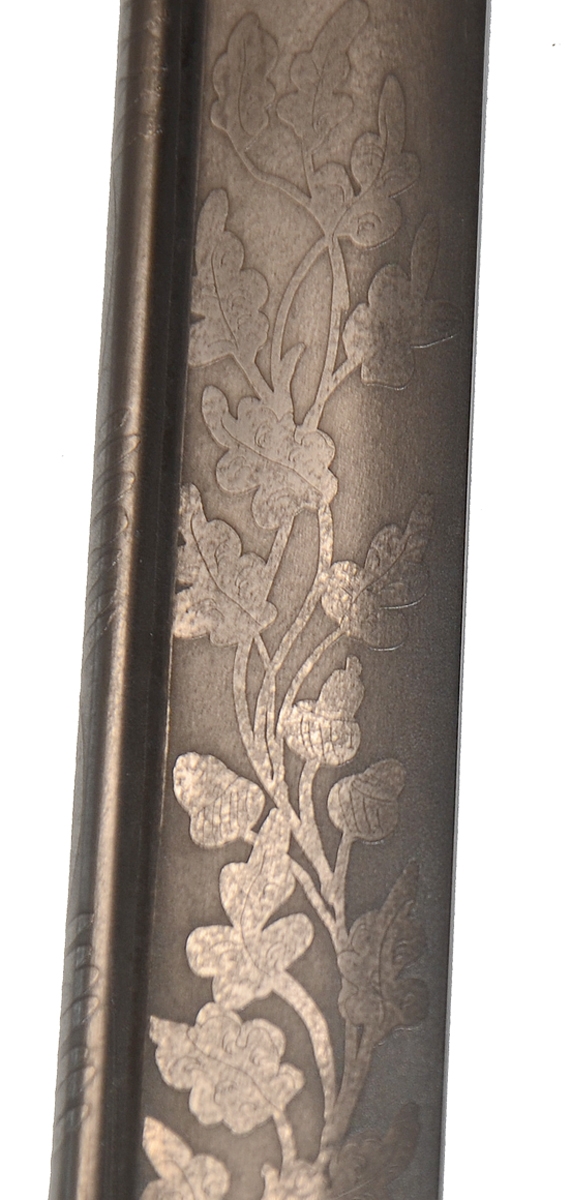
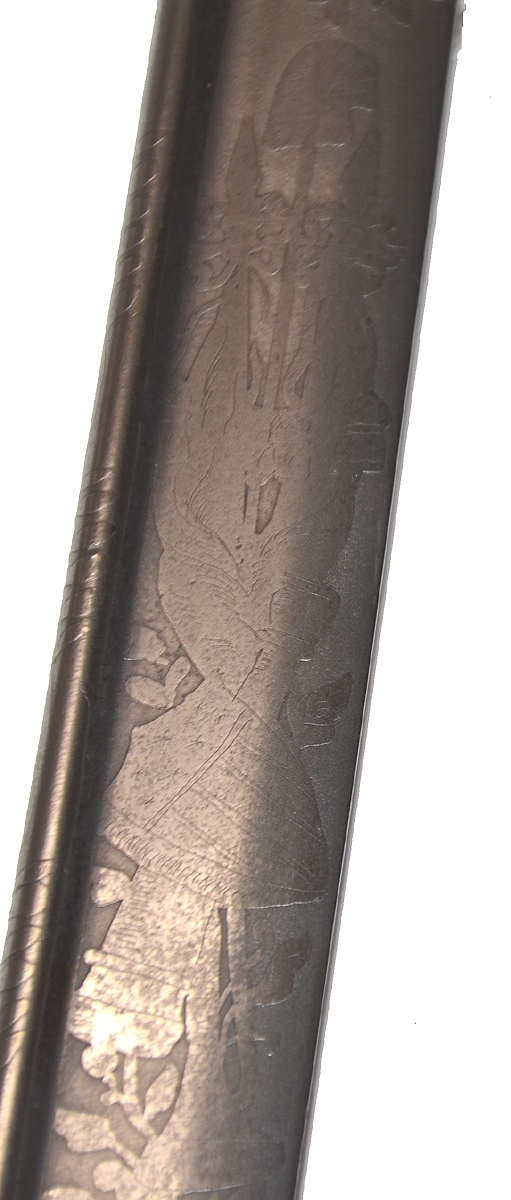
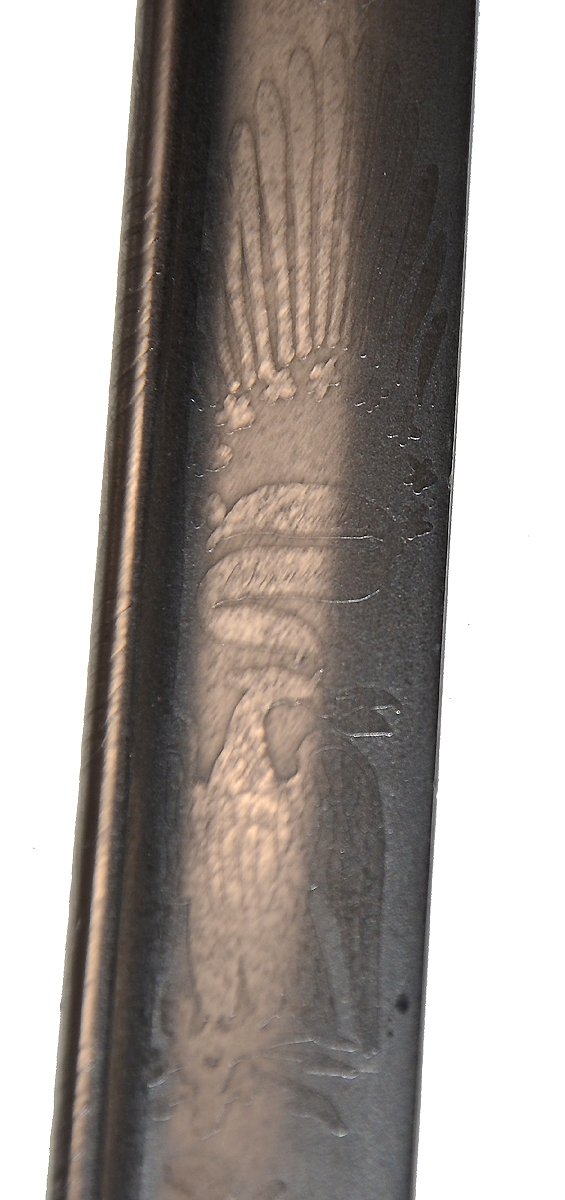

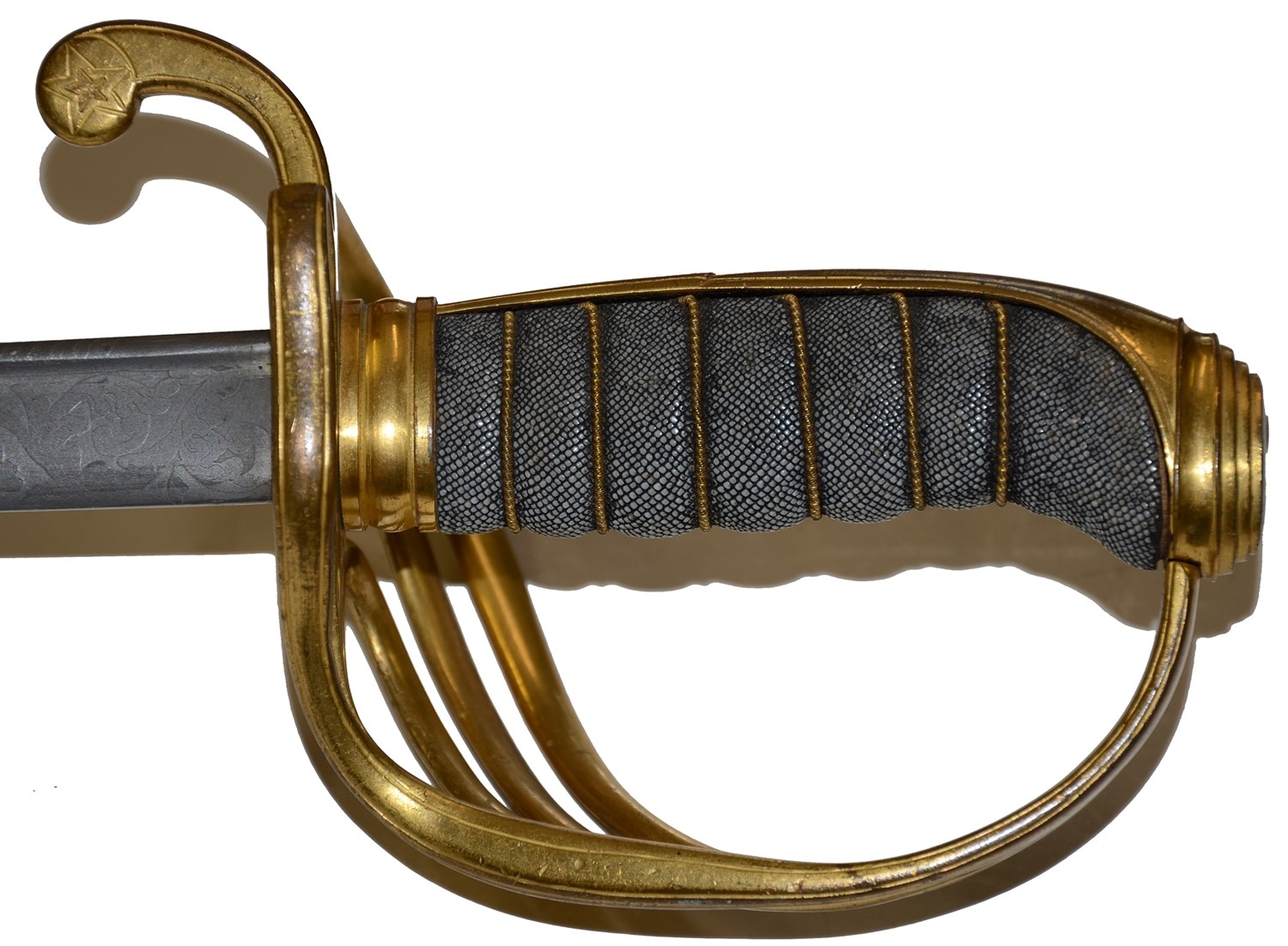
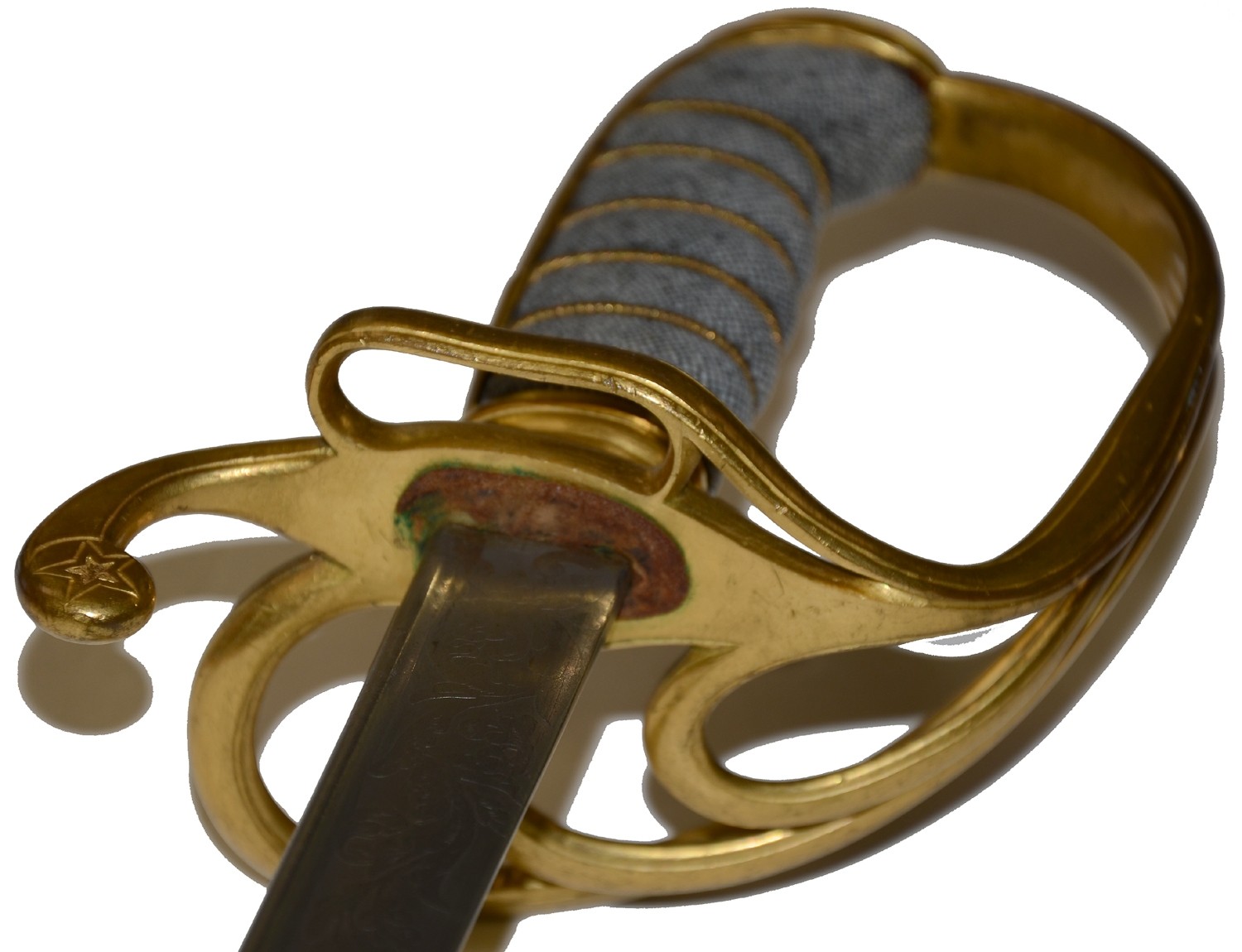



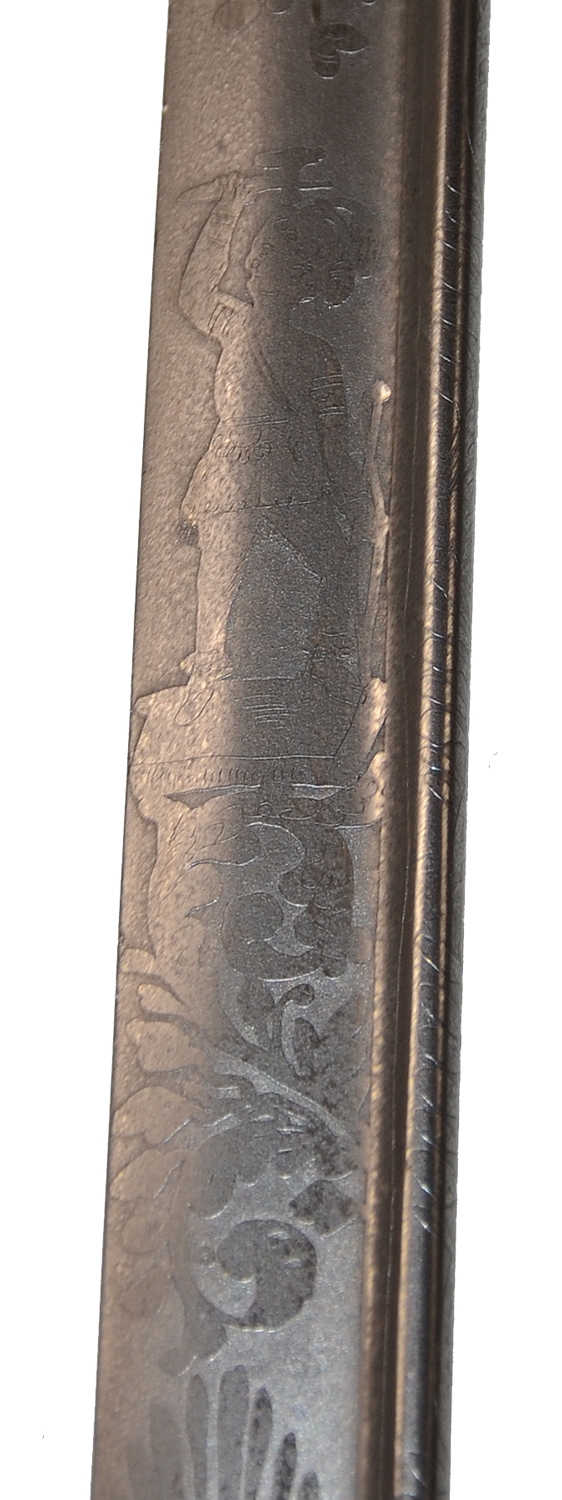


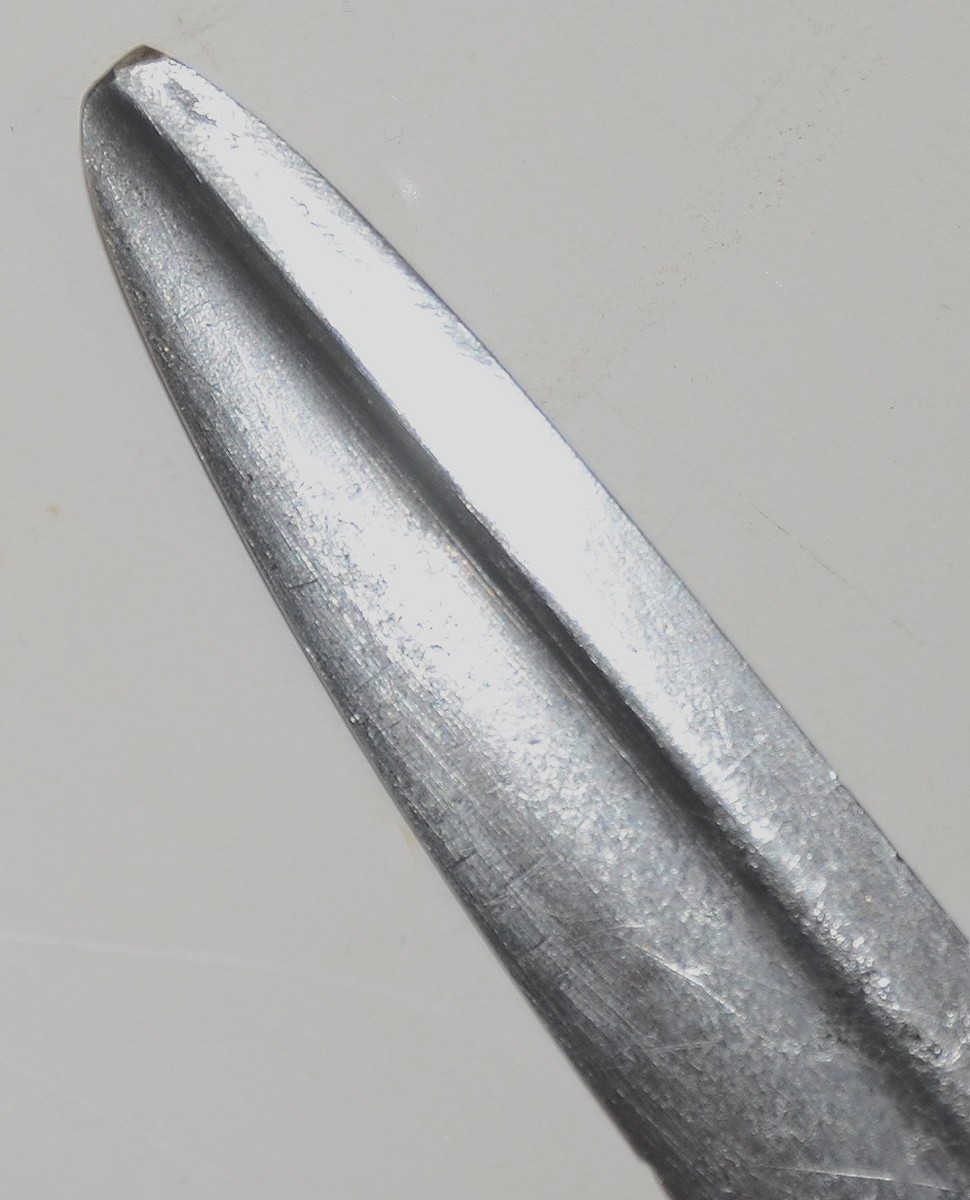
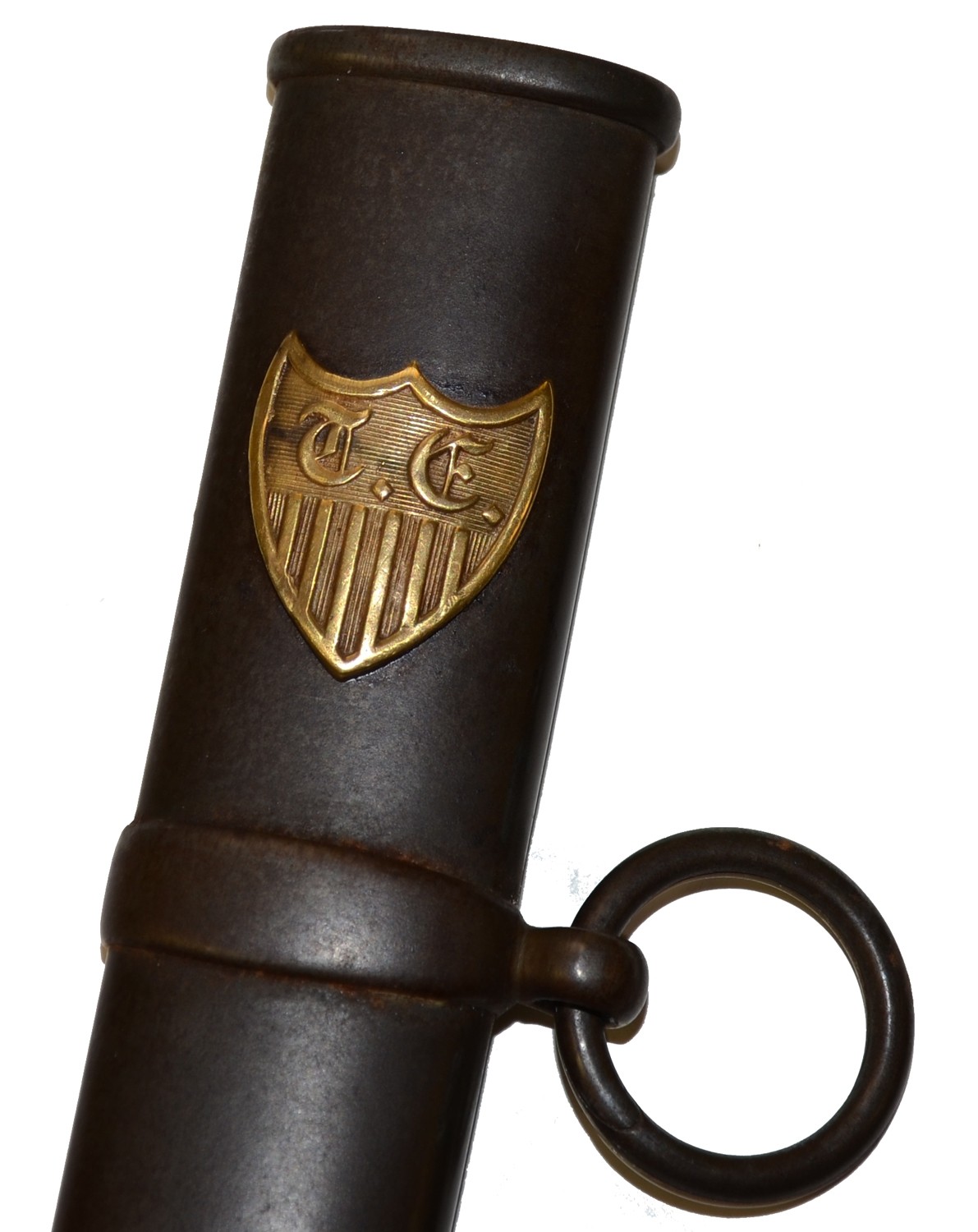

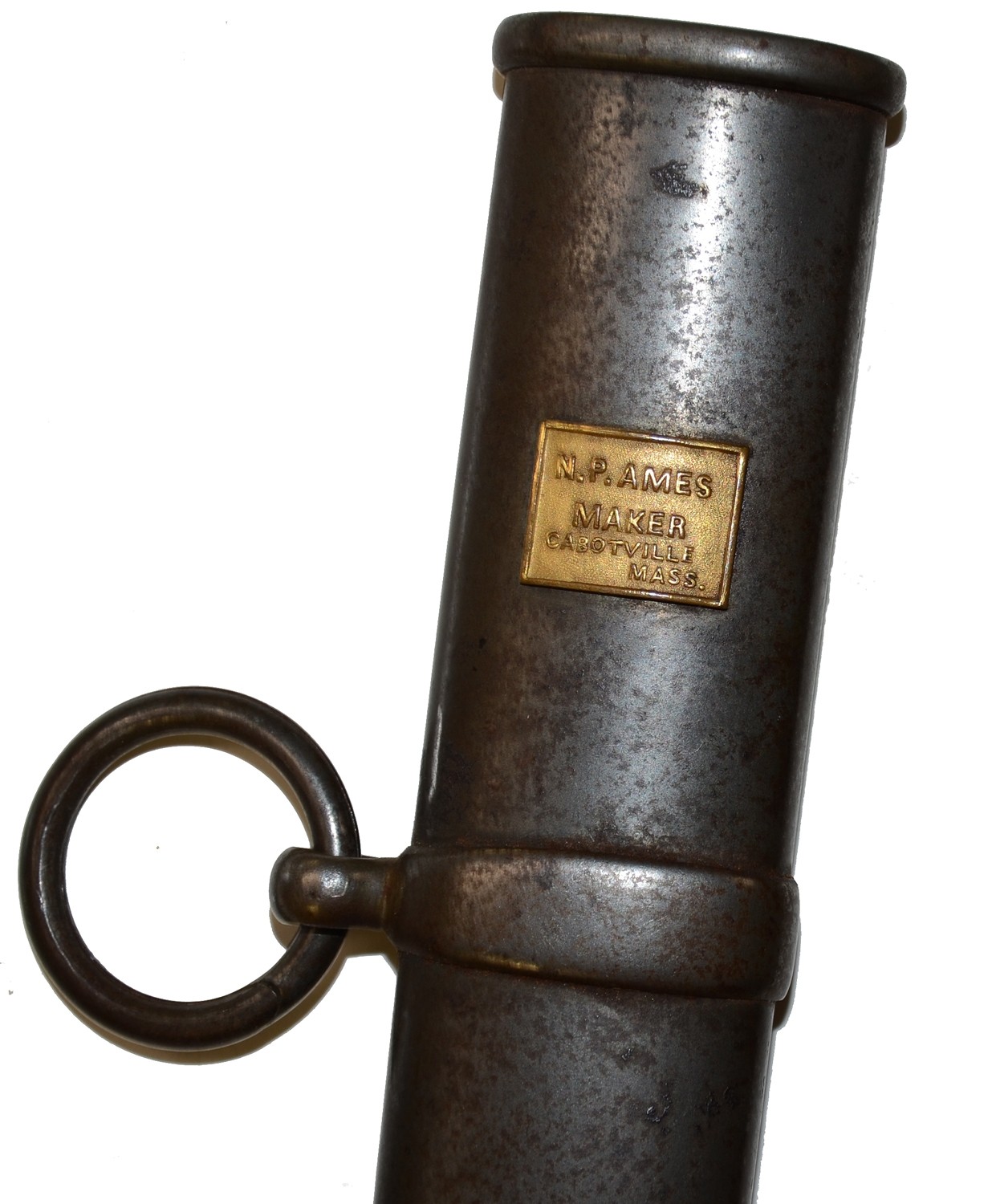


$25,000.00 SOLD
Quantity Available: None
Item Code: 870-598
Topographical Engineer swords extremely scarce to begin with and this is a “one-off,” custom-made example by Ames with a scaled down blade and scabbard for a specific officer in that elite corps. First established as a bureau within the War Department in 1831, the Topographical Engineers existed as an independent organization only from 1838 to early 1863, and drew carefully vetted officers only from the very top of each West Point class. They numbered only about 40 officers at their inception and even at the opening of the Civil War. Their standards were high, their numbers necessarily small, and they were intended to serve actively in the field. Their weapons correspondingly scarce and this pattern, adopted in 1839, was only regulation until the introduction of the 1850 patterns. It is thus not surprising that examples in any condition are hard to find. This one is exceptional both for its condition and that it was produced by Ames in a down-sized version specifically to accommodate a specific officer of that select corps.
The hilt is the standard configuration with three branches in addition to the knucklebow, one of the elements that made it even more robust that the dragoon officer’s saber on which it was modelled. Also according to pattern is the small reverse counterguard ring and a grip wrapped with dark gray sharkskin and bound with gilt brass “dragoon twist” wire. The quillon disk finial has the standard impressed star within a star design. The grip wrap and wire binding are excellent. The gilt brass elements retain most of their gilt finish with a deep luster and just some rubbing on the high points and edge of the pommel cap. Two small variations are noticeable. The ferrule at the bottom of the grip is plain, without oak leaves or acorns, and bears two incised lines. Secondly, the blade tang is peened in the pommel rather than fixed with a recessed spanner nut.
The blade has a good edge and point, with smooth metal and bright etching overall with just some freckling on the upper portion on either side near the tip and beyond the etched panels. The shape of the blade and the etching follow the standard configuration. Both sides have vivid etched motifs on a frosted panel ending with flamelike leafy finials. The obverse ricasso bears a palmette and latticework at bottom with, “N.P. Ames / Cutler / Springfield” etched above, between open rope borders. An acorn and oak leaf scrolling branch extends to an entwined panoply of arms with cannon barrel, U.S. shield and two furled flags with spearpoint finials and a liberty cap on a pole between. More foliate scrolls then lead up to an American eagle with shield on its chest and an “E Pluribus Unum” ribbon in its beak, with an arc of stars overhead and a sunburst, beyond which the frosting ends in rays.
The reverse is etched with acorn and oak leaf scrolls with an entwined cannon barrel, above which extends a long caduceus formed of two snakes entwined about a staff topped with two spread wings. (The winged staff of Mercury was appropriate not only to the swiftness with which the “Topos” might be expected to operate, but also their theoretically non-combatant roles, though a saber modelled on that of the dragoons shows they knew they might be caught in some tight spots while scouting and mapping for the army.) Beyond the caduceus is a panel with palmette/starburst terminals, etched in the middle, “U.S. Corps of / Topographical Engineers.” The etching then extends with a standing Indian with raised tomahawk, Tecumseh, and ends with more floral scrolls and flamboyant points to the frosting.
Most unusual, however, is that the blade is scaled down. The length is just slightly under the typical length, measuring about 33.75 inches rather than a tad over 34.25 inches, but is thinner than the standard blade, measuring just a tad over .75 inch wide. This is nowhere near the dimensions of the delicate small sword carried by the Engineer Corps and still shows its modelling on the dragoon officer’s saber and intention for field use, but was plainly made for an officer of shorter stature.
The scabbard is steel, as is the conventional pattern, which specified use of the thicker steel scabbards of the more recent dragoon sabers. It also uses the split carrying rings seen on the standard production. The brass U.S. shield with vertical stripes and the letters “T.E.” in Old English in place of stars is in place on the obverse below the throat. The reverse bears a rectangular plaque on the reverse reading, N.P. AMES / MAKER / CABOTVILLE / MASS, often seen with Ames Springfield-marked blades of other sword patterns and likely indicating this sword was assembled as a special order as well. In addition, also corresponding to the special blade, the scabbard is fitted with ring bands that are somewhat flatter than usual and widen in the middle on the obverse and reverse of the scabbard.
In contrast to the elegant, but delicate sword carried by officers of the Engineers, these sabers were intended for field use and saw it. The cartographic expertise of the Topographical Engineers was crucial in the expansion of the United States and played a part in their establishment as a separate corps. Exploratory, survey, and mapping expeditions were essential as the country expanded into the west and southwest and in mapping the campaigns and battlefields of the Seminole War, War with Mexico, and Civil War. Their importance in the growth of the U.S. is evident in the duties laid out for them at their establishment: “The duties of the Corps shall consist, in surveys for the defense of the frontier, inland and Atlantic, and of positions for fortifications; in reconnoissances of the country through which an army has to pass, or in which it has to operate; in the examination of all routes of communication by land or by water, both for supplies and military movements; in the construction of military roads and permanent bridges connected with them, and, in the absence of an officer or officers of the Corps of Engineers, of military bridges, and of field-works, for the defense of encampments, fords, ferries, and bridges. For which purposes, officers of the Corps of Topographical Engineers shall always accompany armies in the field.” It is noteworthy that when they were re-integrated with the Corps of Engineers in early 1863 it was not because of any failing or lack of need, but because wartime pressures made it difficult to meet their uncompromising standards.
This is a splendid example of a very scarce and historically significant American sword. [sr]
~~~~~~~~~~~~~~~~~~~~~~~~~
THIS ITEM, AS WITH ALL OTHER ITEMS AVAILABLE ON OUR WEB SITE,
MAY BE PURCHASED THROUGH OUR LAYAWAY PROGRAM.
FOR OUR POLICIES AND TERMS,
CLICK ON ‘CONTACT US’ AT THE TOP OF ANY PAGE ON THE SITE,
THEN ON ‘LAYAWAY POLICY’.
THANK YOU!
Inquire About RARE, ONE-OF-A-KIND, SPECIAL ORDER U.S. 1839 PATTERN TOPOGRAPHICAL ENGINEER’S SWORD IN EXCELLENT CONDITION
Most Popular
Historical Firearms Stolen From The National Civil War Museum In Harrisburg, Pa »
Theft From Gravesite Of Gen. John Reynolds »
Selection Of Unframed Prints By Don Troiani »
Fine Condition Brass Infantry Bugle Insignia »
Large English Bowie Knife With Sheath 1870’S – 1880’S »
Imported (Clauberg) Us Model 1860 Light Cavalry Officer's Saber »
featured item
A SOUTH CAROLINA CONFEDERATE CAPTAIN'S SUPERB FROCK COAT
Worn by Robert Chisolm who formed Chisolm's Company, 1st Battalion South Carolina Sharpshooters on July 23,1862 after service in the artillery. This unit subsequently became Company A, 1st South Carolina Sharpshooters which then was taken into the… (1268-1006). Learn More »


